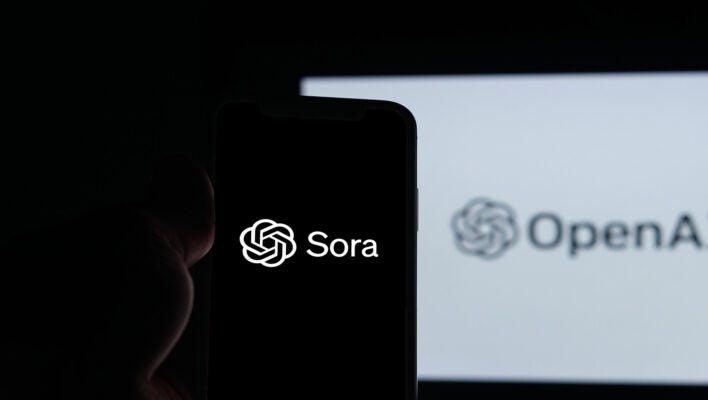Microsoft-backed OpenAI has thrown down the gauntlet with its latest creation – Sora, a groundbreaking text-to-video model unlike any other. This revolutionary technology promises to usher in a new era of AI-powered video creation, raising the bar for storytelling, animation, and more. But what exactly is Sora, and how does it work?
Demystifying Sora: What It Is and What It Does
Sora is a text-to-video model capable of generating photorealistic videos up to a minute long based on simple text prompts. Imagine describing a scene in intricate detail – characters, surroundings, actions – and watching it unfold seamlessly as a dynamic video. That’s the magic of Sora. OpenAI explains its ambition as “training models that help people solve problems that require real-world interaction,” and Sora embodies this aim by bringing textual descriptions to life with stunning visual fidelity.

But what truly sets Sora apart? It’s not just about generating videos; it’s about understanding the physical world and its nuances. Sora grasps object interaction, creates believable characters with emotions, and even takes existing videos to new heights by filling in missing frames or extending their duration.
Unveiling the Magic: How Does Sora Work?
Think of Sora like a skilled video editor gradually transforming a static, blurry image into a captivating, moving picture. It utilizes complex “transformer architecture” to progressively remove noise and craft videos frame by frame. Unlike conventional methods, Sora can produce entire videos in one go, ensuring consistency and adherence to your textual instructions. Even if a character momentarily leaves the scene, Sora ensures they remain present, maintaining coherence throughout the video.
The process shares similarities with how GPT models generate text. Sora breaks down videos into smaller components called patches, analyzing them to understand the underlying structures and relationships. This deep understanding empowers the model to fulfill your vision accurately, translating textual prompts into captivating video narratives.
Beyond Words: Delving Deeper into Sora’s Capabilities
Building upon past innovations like DALL-E and GPT models, Sora utilizes the “recaptioning technique” from DALL-E 3, which involves creating detailed captions for its training data. This allows the model to grasp the nuances of your text instructions and faithfully integrate them into the generated video.
With Sora, your creativity knows no bounds. Imagine storyboarding your ideas and seeing them come alive as intricate videos. Animators can craft characters and bring them to life with emotions and expressions, while designers can prototype concepts and visualize their ideas in real-time. The possibilities are truly endless.
Access and Availability: Can You Use Sora Yet?
While announced just recently, Sora isn’t yet available to the public. OpenAI is currently seeking feedback from a select group of creative professionals – visual artists, designers, and filmmakers – to refine the model and ensure its optimal implementation. This collaborative approach will pave the way for a responsible and impactful launch in the future.
Limitations and Considerations: What to Keep in Mind
Despite its impressive capabilities, Sora isn’t without limitations. Complex physics simulations and intricate cause-and-effect scenarios might pose challenges for the current model. For example, a character taking a bite of a cookie might not always result in a visible bite mark in the following frames. Additionally, spatial awareness and precise event descriptions require further development.
OpenAI prioritizes responsible AI development and has implemented various safety measures. Collaborations with domain experts in misinformation, bias, and harmful content are ongoing, along with the development of detection tools to identify Sora-generated videos. OpenAI actively engages with policymakers, educators, and artists to understand concerns and ensure the technology’s ethical and beneficial use.
Stepping into the Future: The Impact of Sora
Sora stands poised to revolutionize video creation, democratizing access to high-quality animations and visual storytelling. Its impact will likely be felt across industries, from education and entertainment to design and marketing. As OpenAI continues to refine and improve Sora, we can expect even more incredible advancements in the realm of AI-powered video generation.
FAQs:
1. Is Sora publicly available?
Not yet. Currently, OpenAI is granting access to a limited group of professionals for feedback purposes.
2. What are the limitations of Sora?
Simulating complex physics and understanding intricate cause-and-effect relationships pose some challenges. Spatial awareness and precise event descriptions are also areas for improvement.
3. Is Sora safe to use?
OpenAI prioritizes responsible AI development and has implemented various safety measures, including collaborations with domain experts and the development of detection tools.




